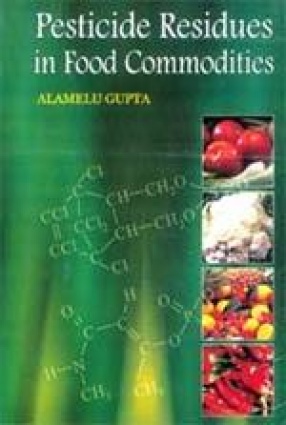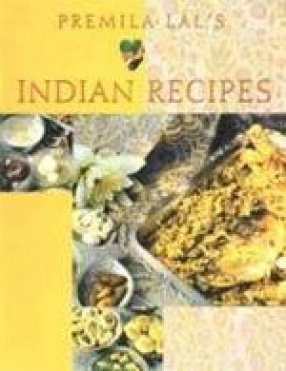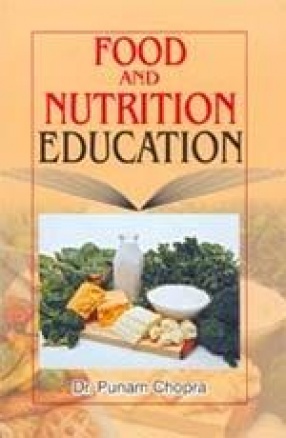as back as in 1972, Wessel, J.R. of New York State Agricultural Experiment Station, USA reported that, on an average, insecticide residues present in various food commodities constituted over 89% of residues of all pesticides combined. This holds good even today as is evident from latest pesticide residue researches on the subject published from different parts of the world, including India. Further, Indian agriculture is predominantly an insecticide oriented farming system where almost 60% of the pesticides consumed are insecticides. These factuals formed the basis of highlighting in the present book subject matter relating only to insecticide residues, in foodstuffs. There are six chapters in the book. In each chapter there is a marked thrust on bringing home practical implications of major aspects of insecticide residues the way these affect our domestic food production and consumption activities, besides the agro-based export sales. In the First Chapter, the reader is introduced to the importance of our growing insecticide industry in safeguarding our crops, against the backdrop of negative aspects of indiscriminate and injudicious uses of insecticides resulting in unwanted residues in our food and feed. The second Chapter is designed to present modern methods of analysis of insecticide residues in foodstuffs, along with some examples of methodologies reported by internationally prominent pesticide residue scientists. At the end of the chapter some selected protocols of Extraction and Clean Up for insecticide residue analysis are given for the benefit of the new entrants in this interesting field. The Third Chapter of the book is all about research methodologies used in study of dissipation behaviour of insecticides in crop plants and utilization of the data obtained in determining MRLs and Waiting Periods. Some representative examples and published research results on waiting periods are embodied in the chapter with discussion n how these studies were useful in regulating insecticide residues in food commodities in the country. The need to periodically monitor insecticide residue status in farm produce in specific areas and crops has been emphasized in chapter-4. Research methodology and latest research results on the subject are also included in the chapter, alongside the ways this information could be used in reducing insecticide residues in foodstuffs. This is followed by chapter-5 on eco-friendly insect pest management alternatives to reduce dependency on the present organic synthetic insecticides. Several environment benign agricultural operations, natural insecticides, and bioagents are discussed which could easily supplement synthetic insecticides and, thus, indirectly attenuate their residues in human food and animal feed. There is a separate section in the chapter on easy-to-practice methods for abatement of insecticide residues in agricultural commodities in households. The last Chapter –6 of the book presents summary of subject matter discussed in the first five chapters, and a perspective on insecticide benefits to our agricultural production vis a vis their actual and feared residues in food and feed. Hopefully, it should give fresh outlook on the subject. There are nine Appendices in the book and one Glossary of terms often used in pesticide residues. Here attempt has been made to draw these definitions directly from the parent subjects like Organic chemistry, Entomology, Plant Physiology, Statistics and Physics, which collectively go to form pesticide resides as a separate discipline as it exists today. Uniformity in the use of terms in pesticide residue literature is very important which can be developed officially by a high power committee of specialists from component sciences, using efforts made in the book as the base. The book has been written on the basis of over 400 research papers, published largely during the last one decade. In addition, FAO/ WHO records on the subject; personal communications with relevant Directorates, Instituted, and Ministry of Health and Family Welfare, GOI; and internet facilities were used in this endeavour. I believe that the readers will enjoy possessing this book as much as I did writing it for them.
Indian Recipes
$18.00
$20.00





There are no reviews yet.